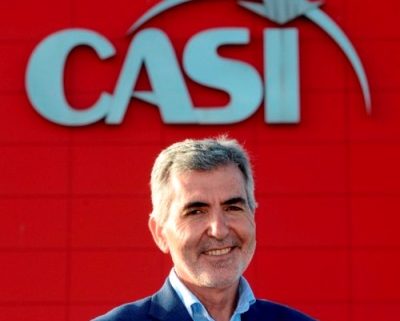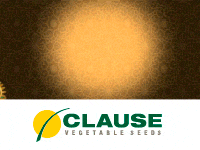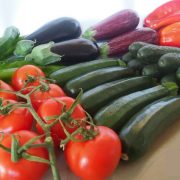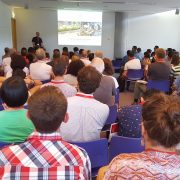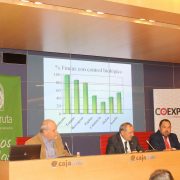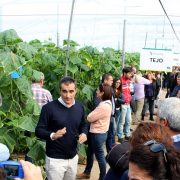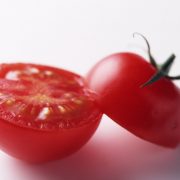Miguel Vargas: “The demand for organic products is growing”
The Cooperativa Agraria y Ganadera San Isidro, better known as CASI, is one of the main marketers of tomatoes for fresh consumption worldwide. Located in the province of Almeria, it has three production centers from which it supplies its large customer base (exports about 40%). Its aim is to continue to exercise leadership in tomato production, mainly through innovation and quality. As a result, it launched its new ‘CASI Aeropuerto’ center a year ago, and expanded its catalog with products from organic farming. From e-Commerce Agrarian we have talked with its president, Miguel Vargas, about it.
e-Commerce Agrarian: it has been a year since the inauguration of the new facilities of the cooperative, CASI Airport, what balance do they make these months?
Miguel Vargas: The project of the new handling facilities has given us a positive balance in terms of volume, since in its first campaign we have reached the optimal percentage for its profitability, 39% of the production passes through this warehouse, which gives us the guarantee of service both in auction and in sale at destination.
ECA: From the point of view of R & D, what are the main characteristics of the plant and what value has it contributed to the structure of the group?
M.V .: The new plant has meant an increase in our capacity to serve both the customer and our farmers, as the range of new references we can offer in the classification and packaging of the product is widely opened. Now we have hundreds of references that we could not cover before.
ECA: with its implementation CASI has completed the process of reorganization and specialization of its facilities, do you plan to undertake new reforms or acquisitions?
M.V .: The market situation requires that companies adapt to the needs of distribution to be more competitive, this is a time of constant change if we want to stay in that market. In CASI we are very aware of the need to innovate and adapt to new consumption needs.
ECA: Also a year ago that incorporated into its catalog organic tomato production and an exclusive variety, yellow cherry, how has the market welcomed these products? Where do you market them?
M.V .: The trend in the demand for products in organic production is increasing, so we, in our second year in this system, have more than 120 ha. In the process of reconversion and year zero, being able to offer Dutch cucumber, zucchini, tomato in branch, tomato rebellion, sweet pepper palermo, cherry in branch and loose, cherry pear and pepper california.
The range of specialties works very well, the niche is small so we do not want to saturate it. Even so, our yellow cherry is a small line that we can offer to the big companies that buy us important volumes of more conventional product, and that gives us the difference with the competitors.
ECA: And with regard to other products, how did the campaign end?
M.V .: In spite of being a difficult campaign in prices, we can say that the products of CASI have been defended within acceptable limits, given the situation of overproduction of the market. This year we have sold more than 226,000 MT, which is an increase of 2.5% compared to the previous season.
ECA: For years the European tomato, and specifically the Spanish has had to face, in addition to its own situation, the entry of Moroccan product, how do you deal with this situation?
M.V .: The arrival of production from third countries affects very negatively the economy of the Spanish farmers, in particular Almeria. It is not a timely matter of this campaign, it is a continuous period that is affecting the survival of thousands of small family farms, since we are selling our product below the cost of production. This has already led to the bankruptcy of a large number of producers and the rest are in a situation of negative margins which, if this situation does not change, are at risk of disappearing.
“Horticultural prices at the origin, especially of products like the tomato, now live a dangerous crisis of profitability”
ECA: CASI allocates approximately 40% of its volume to the foreign market, is there any difference between what Spanish consumers demand and those of the rest of Europe? How do they adapt to these demands?
M. Vargas: Obviously each market has a consumption profile and that means that the tomato supply is very heterogeneous, from different varieties to different calibers, even colors … But especially in presentation formats: from 200 gr. Boxes in bulk of 6-7 kgs. There are many different references for each distributor and consumer profile.
ECA: Do you plan to incorporate any new product or variety into your catalog?
M.V .: We are always growing in our offer, it is part of the business, mainly because we must be very attentive to trends and innovations that the consumer perceives as interesting. For this year there are various proposals, among others highlights a new variety of pink cocktail tomato.





